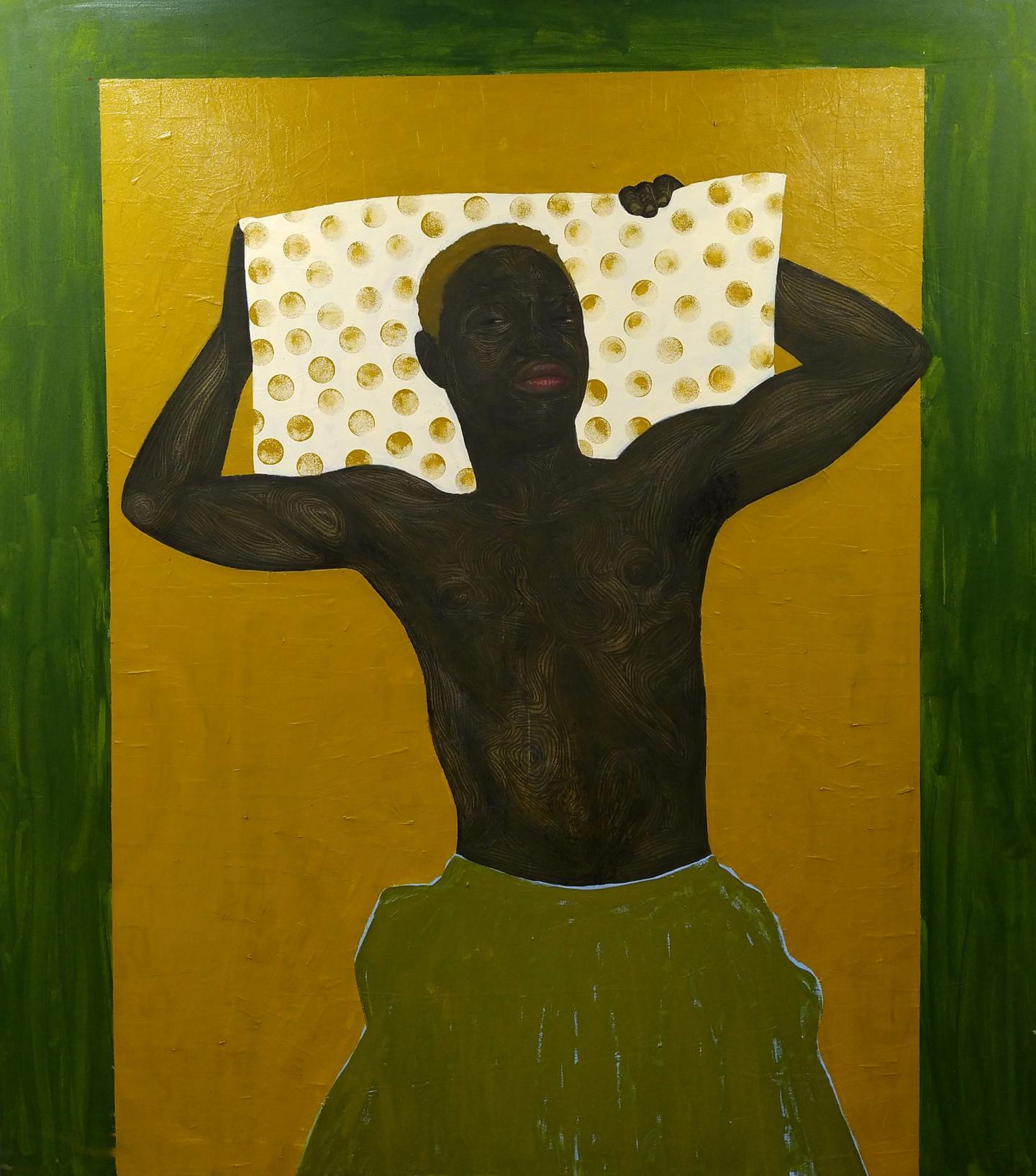Adora Mba on How her Gallery Will Foster a New Generation of African Artists
The former journalist and founder of The Afropolitan Collector opens her first gallery, ADA \ Contemporary, in Accra, Ghana
The former journalist and founder of The Afropolitan Collector opens her first gallery, ADA \ Contemporary, in Accra, Ghana

Terence Trouillot: You just opened your first gallery, ADA \ Contemporary, in Accra last week. What led you to leave London, where you grew up, to become a gallerist in Ghana?
Adora Mba: Before I opened the gallery, I was already working in the art industry. Initially, I was a journalist and producer for ARISE News Network in London, where I was in charge of the culture segment. That was in 2014, when the contemporary African art movement was getting quite big in London and the number of galleries specializing in African art, such as October Gallery and Tiwani Contemporary, was also increasing. So, I used the opportunity to interview London-based contemporary African artists and I became obsessed, to be honest with you! I kept on going to gallery openings – with my father, on my own, on weekdays, on my days off. Later, when I freelanced for BBC Africa, the editor-in-chief, Stéphane Mayoux, suggested that I start my own blog on African art, so I launched The Afropolitan Collector, where I’d post videos and write-ups about artists.
TT: The Afropolitan Collector eventually evolved to become an art advisory consultancy, correct?
AM: Yes. I was still based in London at the time, and I had a full-time job working at a tech company, but I made the decision to leave that role and move to Ghana, because I was constantly flying between London, Nigeria, South Africa and Ghana to meet with artists. In the end, I sat down with my father and we came to the conclusion that I should relocate permanently to Ghana.

TT: Why Ghana as opposed to Nigeria, for example? Was there something that drew you there specifically?
AM: My father’s Nigerian and my mum’s Ghanaian, but I chose Ghana because Nigeria – and, in particular, Lagos, where my father comes from – has a vibrant art scene already. There are galleries, museums, the ART X Lagos international art fair and a big, active network of local collectors. Ghana, which I found very interesting, had an abundance of talent – so many exceptional artists – but it didn’t really have an art infrastructure. Other than Nubuke Foundation and Gallery 1957, there was nowhere for these artists to show, so a lot of them left Ghana to work in Europe or the US.
I moved here two years ago and, initially, I did some freelance work for Sir David Adjaye’s firm, Adjaye Architects. I also briefly worked with Gallery 1957 and Ghana’s Ministry of Culture and Tourism. But my goal was always to open my own gallery. I was constantly looking at land and buildings – potential gallery spaces – during those first two years. Then it all just fell together through a chance meeting at a dinner party, where I was seated next to the person who would end up being my business partner and landlord. Originally the foyer of the Alto Tower at the Villagio Vista estate in Accra, the space has now been renovated into an 80 m2, high-ceilinged gallery. We were supposed to open in March – then, of course, the world stopped. But it’s actually been a blessing in disguise for me, because I’ve had six months to really think about strategy and the type of artists I want to work with. I’ve also taken the opportunity to get to know the artists better, to figure out my programme and to decide what kind of gallery I want ADA \ Contemporary to be.

TT: And what is that exactly? What kind of artists are you hoping to work with?
AM: ADA \ Contemporary will specialize in showing the work of emerging artists throughout Africa and its diaspora, and is committed to nurturing the contemporary art community, both in Ghana and across the continent, as well as fostering ties to global audiences. I’m always looking for artists to evolve with, both professionally and creatively. I like the idea of learning from and growing with each other so that, as the gallery develops, so do the artists. But, there are so many talented artists here, it can sometimes feel overwhelming trying to find the ones that really stand out. So far, I’ve got eight artists on the books, four female and four male: Stacey Gillian Abe, Chinaza Agbor, John Madu, Ekene Maduka, Godwin Namuyimba, Collins Obijiaku, Eniwaye Oluwaseyi and Zandile Tshabalala – and I am currently speaking to two more at the moment.
TT: What’s interesting about your gallery is that it’s attempting to serve as a kind of incubator for younger African artists to develop their craft. What are some of the programmes you’re envisioning to support emerging artists in Ghana?
AM: The details are still being finalised, but I’m planning on setting up an annual artists’ residency to be launched next summer. The idea is to bring together a local Ghanaian artist and an international artist whose practice is rooted in Africa and its legacy – from a personal, cultural or political perspective. For one month, the artists will be invited to work together in the gallery’s studio space in Accra, while experiencing the rich local cultural scene, both traditional and contemporary. By cultivating a dialogue between the local and the international, which encourages both artists to learn and grow from one another’s communities, the residency is a testament to ADA \ Contemporary’s engagement in terms of strengthening these ties and, ultimately, helping to establish Ghana’s thriving yet still-to-be-discovered art scene and burgeoning market at an international level.
Collins Obijiaku's 'Gindin Mangoro: Under the Mango Tree', ADA \ Contemporary's inaugural exhibition, runs until 19 November 2020.
























